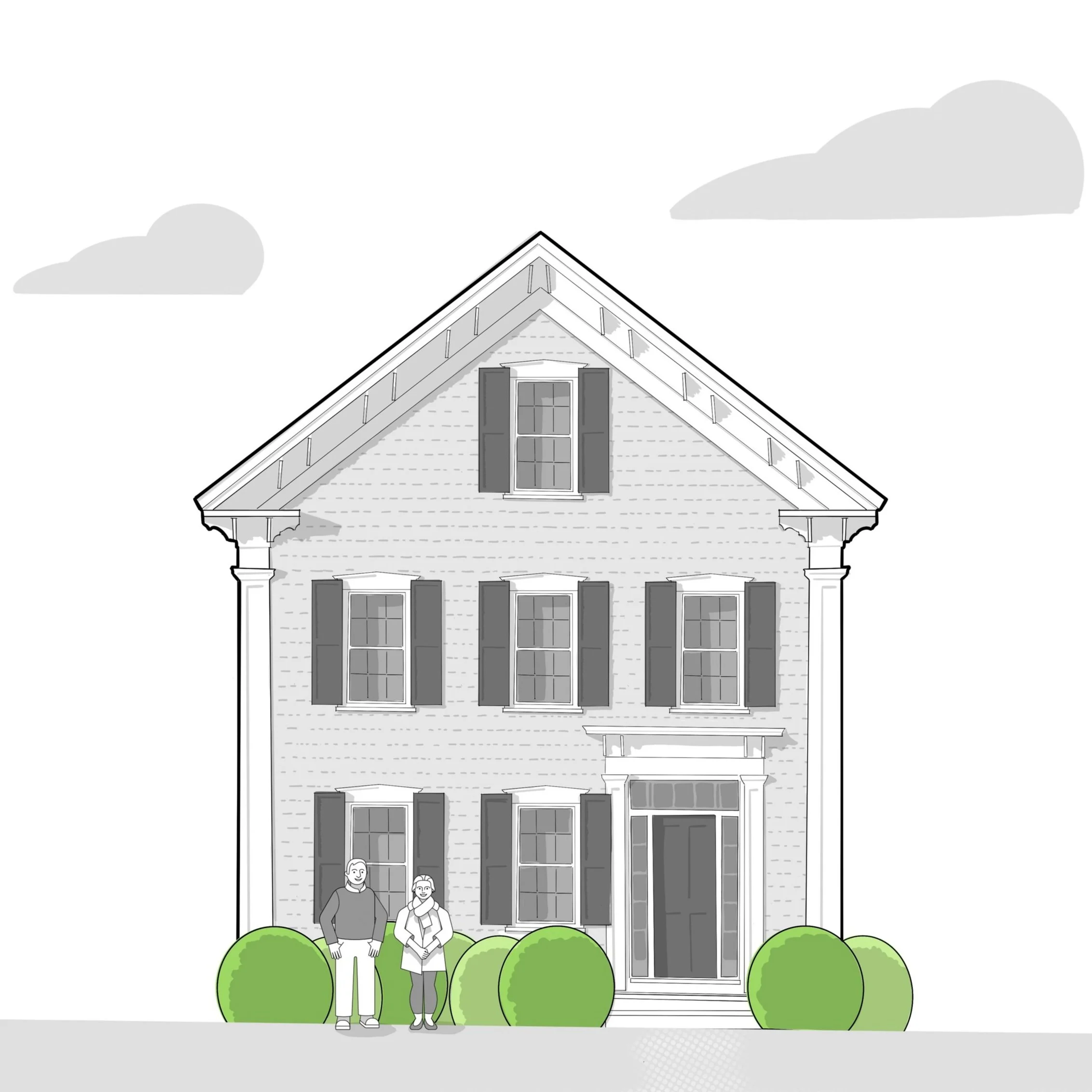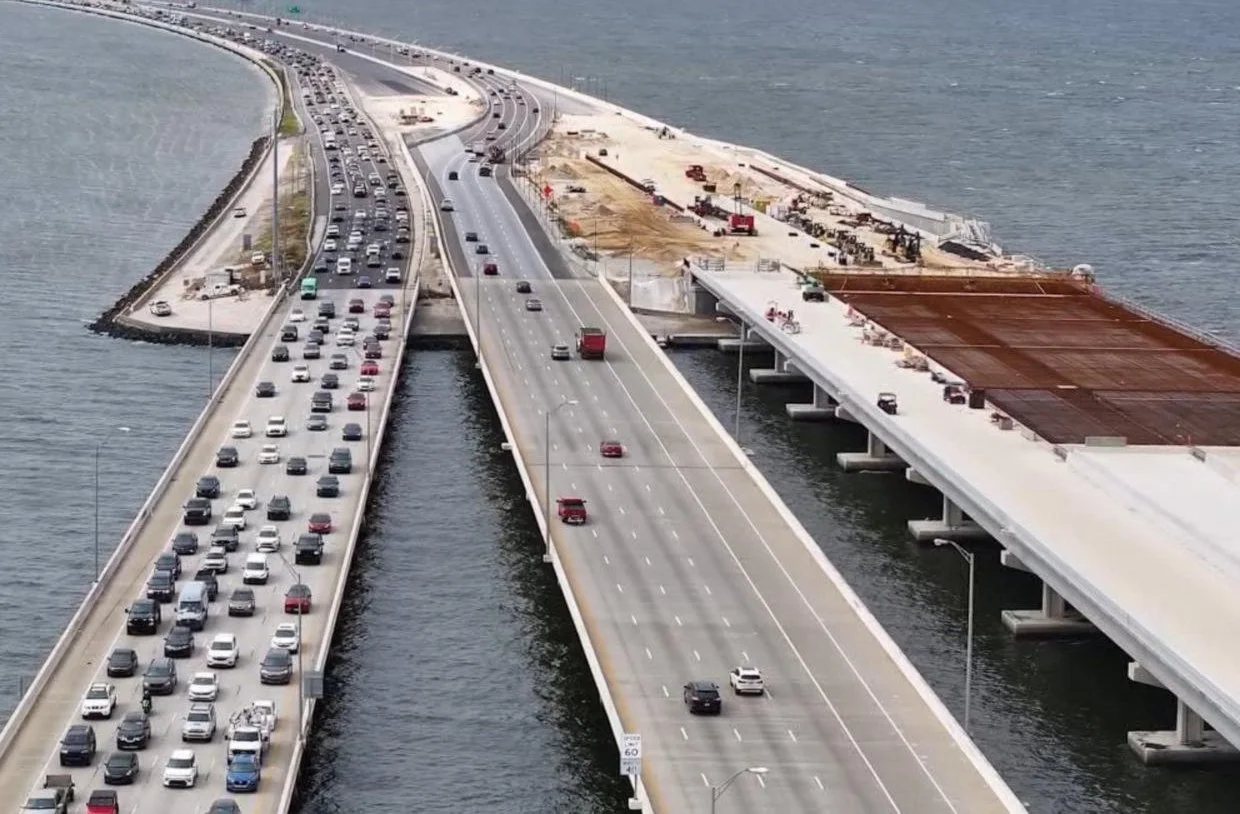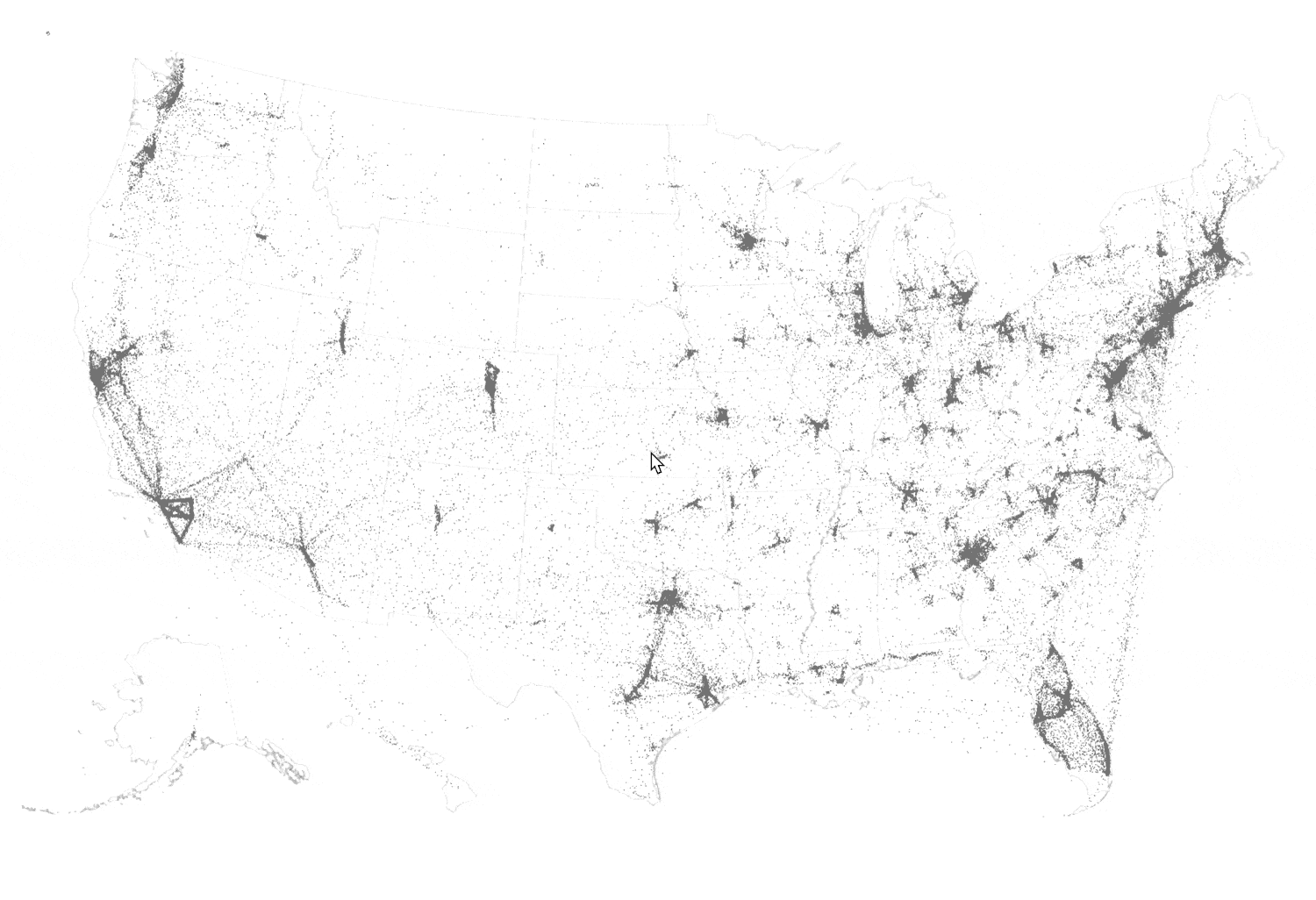
There is no one right place.
A few years ago, I found myself looking out my San Francisco window at an orange, smoke-filled sky and wondering where was the best place to raise my kids. This thinking brought us to a cross country move, a renovation, and the house that you see above. But, shortly after that move, the sky above our home once again filled with smoke. This time the smoke came from Canadian wildfires instead of California wildfires. As I struggled to breathe in my newly renovated house, I came to feel the hard truth: There is no one right place. I needed to change, to be more flexible in my expectations of home.
I do not believe that I am alone in this. As our climate becomes more volatile, we will need more than a house (and the accompanying fixed 30-year mortgage). We will need buildings, technologies, and habits that empower us to move (temporarily or permanently) growing into our full lives as we navigate the new complexities of a changing climate. The future of home will have low-cost, scalable tools to benefit most people, not just the privileged few.
Hardening our existing buildings and constructing more houses is wise, but it will not be enough. Floods and fires will come with a frequency and ferocity that will overwhelm these supply-side efforts to construct our way out of climate change. We will adapt by moving - sometimes for a few days, and other times for longer. Movement will become a norm, rather than the exception, as a way to stay safe. Through it all, I believe that we will continue to find that feeling of home in the people who we already trust and in the places where we are already connected. Personally, I believe it can be a better future with more home for more people.
As our climate becomes more volatile, our homes need to be more than a house.
— Hurley family staying outside a friend’s house during the pandemic, 2021
Home as a single, stand alone building will become increasingly brittle. Resiliency will be found with people who you already trust and in places where you are already connected.
The feeling of permanence will not be found in a single house but in a network of spaces that let you feel at home.
— Hurley home in Presidio of San Francisco, 2010-2022
New concepts of home will decrease transaction costs of movement - so more people have more options for where to stay in an increasingly volatile climate.
People are already on the move.
We live in a network of space, connected through our social relationships and physical infrastructure. Instead of only hardening our houses to combat flood and fire year-round, we can also start to ask ourselves questions like:
Where do I go when flood and fire threaten my family? Who will take us in? What do those people expect from me?

Flows of people - evacuation from Hurricane Helene, aerial photo by Petramala 2024

Displacement of people - temporary moves from LA fires - NY Times, Ronda Kaysen, Robert Gebeloff and Leanne Abraham, 2025
We have plenty of space.
What we don’t have is a reliable way to share it. Even with the most recent reduction in typical house size, we have more housing square footage in total and per person than any previous generation.
With a more expansive perspective on home, with more flexible expectations, with new behaviors, we can take advantage of this existing robust network of residential space.
As climate change unfolds and our built environment struggles to adapt, people themselves can be the flexibility lacking in our housing stock and aging infrastructure. Quality of relationships will matter as much as quality of bricks and mortar as we collectively seek better lives in a changing climate.

Movement of people - during the pandemic - Wall Street Journal, Yan Wu and Luis Melgar, 2021




